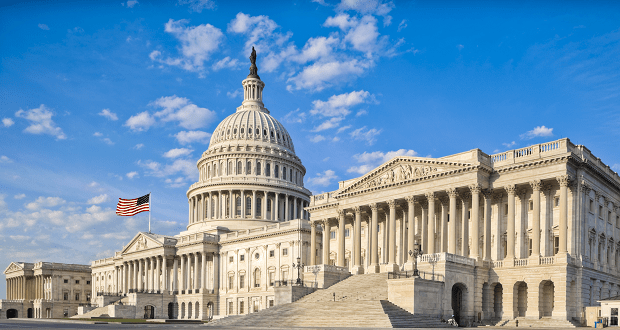 Affirmative action in higher education has been a controversial issue since Title IV was legislated as a part of the Civil Rights Act of 1964 which banned discrimination on the basis of race, gender, color, national origin or religion for public institutions receiving federal funds.
Affirmative action in higher education has been a controversial issue since Title IV was legislated as a part of the Civil Rights Act of 1964 which banned discrimination on the basis of race, gender, color, national origin or religion for public institutions receiving federal funds.
Since that ruling there have been several landmark cases opposing this legislation including the 1978 Bakke v. The Regents of the University of California. Bakke contented that he was denied admission to medical school due to policies at the school that gave preference to certain minority groups. Because the school had a policy at the time to set aside a certain number of seats for underrepresented groups, the Supreme Court ruled in favor of Bakke, saying that schools could not “exclude” candidates based on race. However the Supreme Court also ruled that schools could use race as one factor, if the goal was to correct underrepresentation of certain groups.
The Supreme Court is set to rule on the case of Fisher v. University of Texas-Austin as soon as this week. Abigail Fisher was denied admission to the University of Texas-Austin in 2008. Fisher contends that she did not get in because the school had a racial preference policy that admitted students who were less qualified.
The fundamental question that many are asking is: how much longer should race be taken into account in college admissions? In the 2003 Supreme Court ruling in the case of Grutter v. Bollinger, where affirmative action was upheld at the University of Michigan Law School, Justice Sandra Day O’Conner stated that affirmative action should not be a “permanent status in this country”. Justice Sonia Sotomayer commented on the Fisher case, “At what point do we stop deferring to the university’s judgment that race is still necessary.”
I think we just need to look at the statistics on college admissions. What have been the trends over the years? Are historically underrepresented groups now at parity? According to the Bureau of Labor Statistics in a report released in April 2013, of the 2012 high school graduates, the overall college enrollment rate was 71.3% for women; 61.3% for men; 82.2% for Asians; 66.6% for whites; 70.3% for Hispanics and only 58.2% for Blacks. The 2012 enrollment rate for Blacks was down from 67.5% the previous year.
California, Texas and Florida already banned race based preferences in college admissions. Studies show that Asians have benefitted greatly from the ban. The enrollment of white students has declined in public universities in these states (maybe due to overall demographic changes), post the affirmative action ban. The largest negative impact has been for African American students. For example, prior to California’s Proposition 209, which outlawed affirmative action in college admissions, at UC Berkeley, the percent of African Americans in the student body declined from 6.5% in the mid-nineties to below 3% for the freshman class a decade later. While Hispanics are a larger portion of the populations of California, Texas and Florida, they too suffered declines in enrollment after the affirmative action ban.
I am sure that there are complex reasons for these outcomes, including the cost of education, lack of student preparation, etc. However, trends such as this at the very least should lead us to want to question the proposition that affirmative action is no longer needed.
There seems to be widespread agreement that diversity in higher education is desirable to advance different view points and to expose students to differences that they will experience in the real world. I guess the question is, what is the best way to ensure diversity in our institutions of higher learning?


















